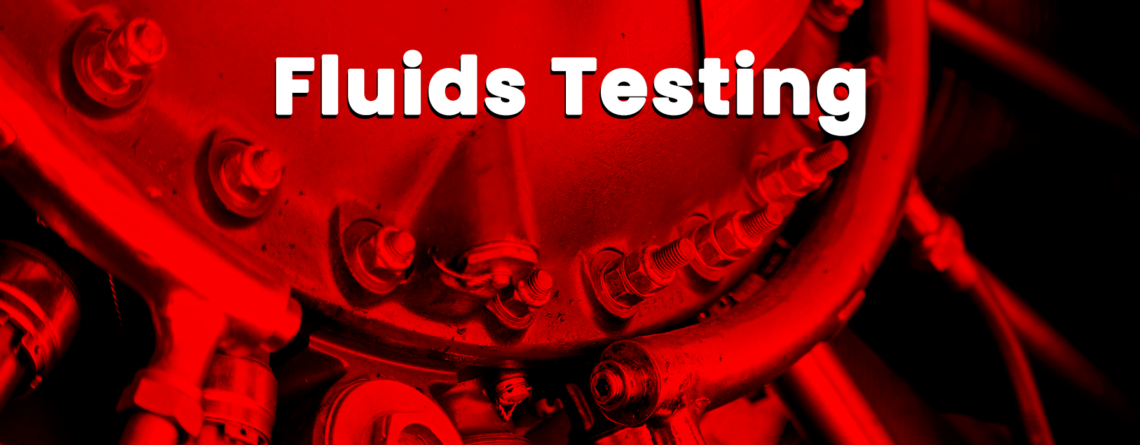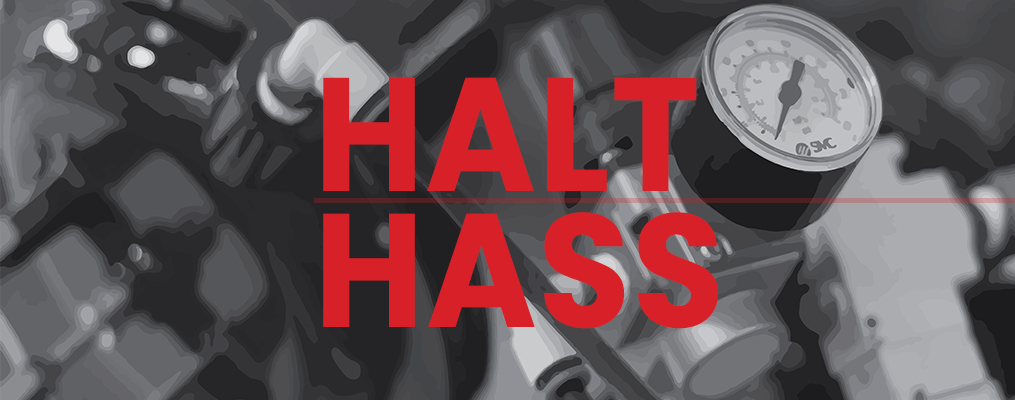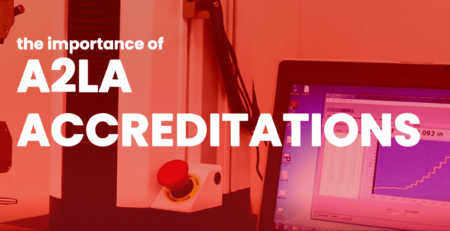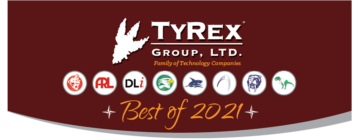Testing Spotlight: Fluids Testing
Amit Pal2023-05-12T09:09:20-05:00The use cases that require fluids testing can be as fluid as the test subjects themselves. To help us unpack where this specific part of the testing industry is heading, we chatted with our Reliability Lab Manager, Tom Sneath. Tom’s passion for fluids testing began over two decades ago and has taken him to companies like Firefly Aerospace and Blue Origin. Now part of ARL, he’s helping both industry newcomers and veterans realize ARL’s potential as a partner in fluids testing and beyond.
What does fluids testing entail?
Simply put, if a component or assembly deals with a non-solid material, such as liquids or gases, it will likely benefit from fluids testing. This includes products that involve pneumatic pumps, valves, actuators, and cryogenics.
The key concern that fluids testing addresses is whether fluids, under the real-world conditions they will be subjected to, will behave in the intended way. In other words, this testing determines whether the fluids will retain proper pressure, proper flow rate, and avoid leaks when subjected to heat, external / internal pressure, vibration, and repeat use.
Fluids systems are often what bind large, complex assemblies together. For example, in space flight, a fluids system might be developed by several different collaborating units, like a company’s structural, propulsion, and avionics departments, but these departments must communicate with each other when it comes to testing the fluids systems that run between them.
Where is fluids testing expanding?
The need for fluids testing is expanding as growth industries, such as aerospace, continue to expand. Legacy industries like food and beverage or energy also add to this demand as they continue to evolve and refine their processes.
The space industry is seeing massive growth with new businesses and applications being introduced constantly. This sector involves very complex, multi-medium assemblies with very little room for error. Assemblies such as those used in satellites use helium to pressurize valves and actuators that control other fluids, such as those used as propellants. One major concern with helium, however, is that it’s made of incredibly small molecules that are difficult to control and prone to leaks – especially in the vacuum of space.
Industries that rely on fluids testing which may not immediately jump to mind are the food and beverage industry, and subsequently, the packaging industry. The valves and pressure systems that deliver your favorite drink need to be tested, especially given the influx of new, smaller beverage companies and breweries needing their own system or increasingly relying on shared bottling services.
Technologies like laser cladding and additive manufacturing are allowing engineers to radically rethink designs, with 3D printed parts, perhaps counterintuitively, producing more robust results over traditionally casted parts. With these new methods come new designs, meaning an increased demand for fluids testing throughout the design discovery process.
What can ARL do?
ARL can play several roles in a company’s fluids testing process, usually depending on the size of the company. For example, many of the top players in the space flight industry are funded well enough to perform most of their own fluids testing, but for smaller firms, it may make more sense to outsource. Additionally, if these larger companies get unexpected results from in-house testing, using ARL to verify the results using our own methodology can increase confidence.
One of the primary tests ARL can run is low-pressure leak detection – filling an assembly with helium, subjecting it to a vacuum, and then measuring the presence of leaks using a mass spectrometer. Similarly, ARL performs hydrostatic testing, which involves using pressurized liquids and dyes to see if leaks exist. These tests can be used for both internal and external leaks, meaning they should be used to not only test whether fluids escape or penetrate the product, but also whether fluids remain in the correct internal compartments, verifying seal integrity and whether components open and seal flows correctly.
Using these tests in conjunction with ARL’s wide variety of mechanical and environmental tests can provide clients with a more complete picture as to how their products will behave under real world conditions. Factor in ARL’s wide network of partner labs, and clients can design a test for nearly every situation, no matter how fluid they may be.






